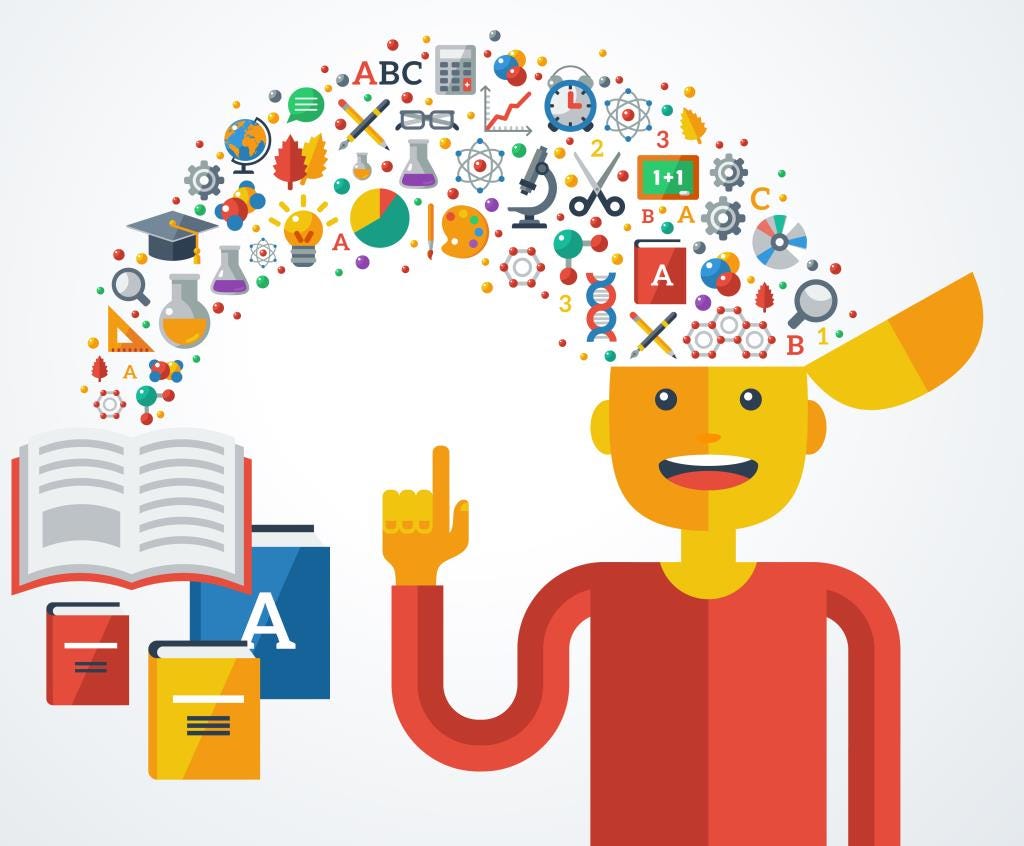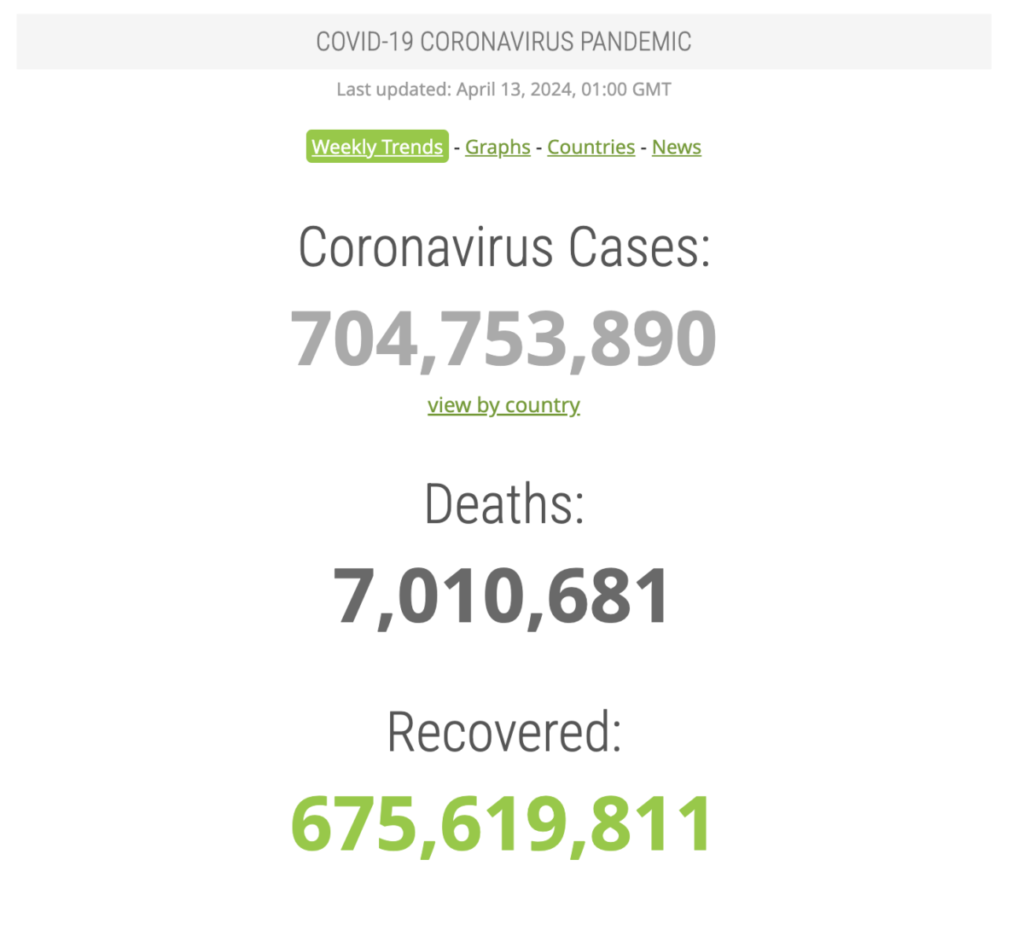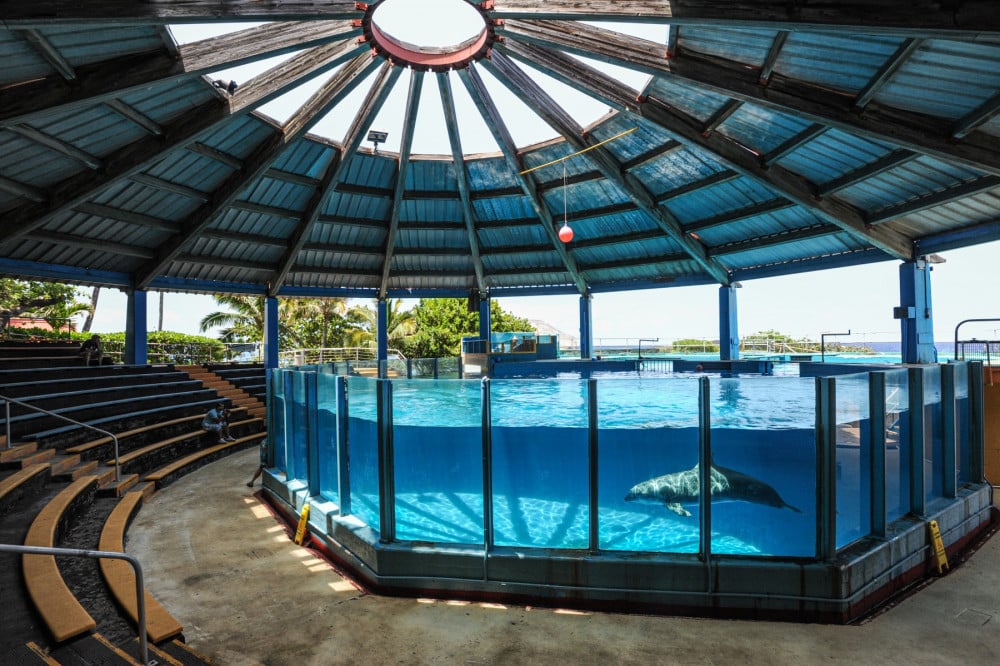
Final Reflective Statement
UNIT 1-PORTRAIT OF WORD
UNIT2-FEATURE STORY
UNIT3 MULTIMODAL PROJECT

Final Reflective Statement
UNIT 1-PORTRAIT OF WORD
UNIT2-FEATURE STORY
UNIT3 MULTIMODAL PROJECT
By Freddy Cen-Laing
Protecting animals is everyone’s responsibility because the earth has a perfect survival law. Because the earth it has a perfect survival rule. As long as we humans are not willing to accept that every animal on Earth can live freely, all living things are almost at no risk of extinction.
They share this stunning sphere with us, crucial for our ecosystem and means to keep on living. Sadly, due to human deeds harming nature, numerous beings face the grim chance of vanishing from the biosphere; their future in delicate habitats hangs by a thread. We hold the duty to protect our planet’s health; thus, we should take steps to safeguard these invaluable life forms for those who will follow us. It takes minimal effort for one person to harm innocent animals through careless acts or neglect of their needs. This piece aims at clearing up common misconceptions that often stem from—and add to—people’s unawareness regarding this matter, trying hard to pinpoint what usually starts the trouble.
Protecting animals is a serious problem, and the reasons behind it can be attributed to economic, environmental, and demographic aspects. First, about economic factors, animal abuse and exploitation are often related to economic interests. For example,some illegal smugglers kill wild animals, they will use the fur of the animals as their identity recognition. There is a huge market and industry behind it.
The impact of human activity on the environment can lead to the emergence and spread of infectious diseases, resulting in significant health effects on human society. For example, in the recent epidemic in 2020, it is an infectious disease caused by humans consuming “wild animals”. According to the website worldometers, The estimated death toll of this virus is around 7 million, and the probability of co-death is 2.09%, making it one of the largest pandemics in human history. Therefore, human beings may also face certain consequences for disrupting the biological chain. COVID-19 is one such example.

Another market behind this is the pet dogs and many other animals often seen on the road. Because humans love cute and docile animals, businesses take advantage of this, and many animals will be cruelly bred to produce more beautiful pets. It’s so easy to see cute pet dogs on the street. Another market behind this is the pet dogs and many other animals often seen on the road. Because humans love cute and docile animals, businesses take advantage of this, and many animals will be cruelly bred to produce more beautiful pets. It’s so easy to see cute pet dogs on the street. Today’s pet dogs have become less ferocious and wild. In the breeding process, there will be many pets that are not as cute, leading them to be abandoned and potentially becoming strays in other countries. In the USA, dogs at risk of being abandoned are euthanized if no suitable owners are found. According to the “Argumentative Essay: Should Animals Be Put Down? “2.7 million animals are euthanized each year, in the US alone, because they’re not adopted in time.” “Persuasive Essay On Euthanized Animals” also tells the story of Max. “Max he was dead and disposed of like a piece of garbage just because he was in the shelter for too long. Unfortunately, Max is not the only dog that is euthanized due to being in the shelter for too long.”
When I interviewed my friend in mid-March 2024, she shared a story with me about her dog. The friend was facing problems with her pet dog because of relationship problems. At first, she and her ex-boyfriend had each been responsible for caring for the puppy for two years, but as their relationship ended, the dog became difficult to handle. However. Since she has taken care of a kitten, it is now economically feasible for her and she does not have enough energy to manage the dog, because the dog needs to be taken out for walking daily.
She said, “As she is in the middle of a work day, time is very tight and she can’t devote herself to caring for the dog. The dog’s energy not being released during the day also affects her rest and sleep quality at night. She feels quite troubled and helpless.” Consequently, she had to put the puppy up for adoption with a new family as she believed this was the best outcome for both the dog and herself. She also expressed deep regret for not being able to provide adequate care and protection for the dog, acknowledging that buying the dog impulsively was a mistake and that she didn’t take on the responsibility she should have.
In “Large Dog Relinquishment to Two Municipal Facilities in New York City and Washington, D.C.: Identifying Targets for Intervention. “Changes in the Household Leading to Relinquishment When asked if anything had changed recently in the household that contributed to the decision to relinquish the dog, 68% of people in NYC answered “yes” So this story is not just a problem for the friend I interviewed, it’s a problem for the 68% of dog owners in New York City who abandon their animals, and we can reflect on whether sometimes we can make decisions that fully consider all the possibilities because when you take your dog home, it has become your family. Although you have a lot of family, your pet has only one home. This friend is quite lucky, he can also help your pet dog find a second home, but not all pet dogs will be there, or by the philharmonic death of most.

We can also learn to reject animal performances and some inhumane zoos. Modern zoos are not worth the moral costs. Inside “Modern Zoos Aren’t Worth the Moral Cost,” it says, “In zoos, the audience may see animals that appear very free and have spacious habitats of their own. But they are actually in a prison.” In some ethical zoos, their main purpose is to release animals back into the wild, to send them home. There are many zoos, but some are unethical. They capture many animals from their natural habitats and confine them in cages for profit.
The suffering endured by captive dolphins is highlighted in “Behind the Smiles: The Suffering Endured by Captive Dolphins.” Scientific evidence shows that dolphins are intelligent and perceptive animals, capable of feeling emotions such as love and joy, but also experiencing pain, fear, and suffering. The standard tank in a dolphinarium is roughly 200,000 times smaller than the natural space that dolphins should call home. These tanks are designed to always keep the animals visible to humans and often offer no shade or very little mental stimulation. Captive dolphins used for tourism and entertainment are bred in captivity and separated from their mothers at an early age, which is extremely traumatic for both the mother and calf while inhibiting natural learning. Dolphins’ intelligence is quite similar to that of a 5 or 6-year-old human. In the zoo, they suffer greatly. We can all imagine how cruel it would be to keep a 5 or 6-year-old in a room and not let them out. From birth, dolphins travel between 64 and 100 miles a day, reach speeds of up to 48 miles an hour, dive hundreds of feet into the bottom of the sea, and require an enormous environment to live in. The natural habitat of dolphins is less than 1% compared to zoos where many dolphins commit suicide. It’s rare for animals to commit suicide, so it’s easy to see how much torture the zoo is for them.
But not all zoos are so bad, many zoos protect the development of animals, but the animals in them have just been injured and have lost the ability to live independently in the wild, or the endangered species are in urgent need of protection, and they need to be protected, instead of letting them go extinct. Our ticket sales also get better food for the zoo. These zoos will also promote how to protect animals and increase our awareness of animals, increasing the knowledge of animals. Therefore, the meaning of the two is completely different, we need to consciously find some conscience zoo in the future, which is to protect nature, but also to protect ourselves
There are indeed many ways to protect animals, such as legal supervision, or to change the environment for the better after protecting oxygen. But what came out for me was that sustainable consumption habits and participation in social action on animal protection are two things that are much easier to manage on their own. We can make dietary choices every day, I am not a vegetarian, but I also read a report, and a report called Becoming a vegetarian one day a week, which is said to reduce harmful gases, will effectively stop global warming..
It’s the same with clothes. We can say no to closets full of clothes or, as a good habit, we can donate clothes that we don’t wear. It was more necessary to refuse to use animal fur to make clothes, such as the fuzz on the “Canada Goose” brand, which was very popular in the past, and the fuzz on the top was made by using real Wolf hair. Then I found out that social organizations were protesting in front of the Canada Goose store, and one day I also chose to participate. Canada Goose announced it would stop using Wolf’s hair. When I saw the announcement, I was really happy.
Whether it is animal mating, pet abandonment, or various inhuman zoo shows, it can have a huge impact on animals. We live in the same earth. No matter what kind of creature makes some changes to the environment, there will be no corresponding punishment. The earth is equal to the environment. We are not only protecting the ecology of animals but also protecting human beings themselves. Because human beings are also in the ecological chain.
-Marris,E (2021, June 11).Opinion|Modern Zoos Are Not Worth the Moral Cost. The New York Times.https://www.nytimes.com/2021/06/11/opinion/zoos-animal-cruelty.html?smid=url-s hare
-Weiss,E.,Slater,M.,Garrison,L.,Drain,N.,Dolan,E.,Scarlett,J.,&Zawistowsko,S.(2014).Lar ge Dog Relinqushment to Two Municipal Facilities in New York City and Washington,D.C,: Identifying Targtes for Intercention. Animals,4(3),409-433 https://www.ncbi.nlm.nih.gov/pmc/articles/PMC4494313/
-World Animal Protection Canada |https://www.worldanimalprotection.ca/our-work/animals-wild/wildlife-not-entertainers
-WorldOMeter. (2023). Coronavirus Death Toll Update – Worldometer. Worldometers.info; Worldometer. https://www.worldometers.info/coronavirus/coronavirus-death-toll/
-Grove, R. (2023, July 26). Behind the smiles: The suffering endured by captive dolphins. World Animal Protection. https://www.worldanimalprotection.org.uk/latest/blogs/behind-smiles-captive-dolphins-suffering/#:~:text=Captive%20dolphins%20experience%20incredibly%20stressful
-Vallarta Adventures. (2018). Dolphin Intelligence: How Smart Are Dolphins? | Vallarta Adventures. Vallarta Adventures. https://www.vallarta-adventures.com/en/blog/how-smart-are-dolphins
-Argumentative Essay: Should Animals Be Put Down? – 572 Words | Cram. (n.d.). Www.cram.com. Retrieved April 30, 2024, from https://www.cram.com/essay/Argumentative-Essay-Should-Animals-Be-Put-Down/PJZUEW6HXT
Persuasive Essay On Euthanized Animals – 467 Words | Bartleby. (n.d.). Www.bartleby.com. Retrieved April 30, 2024, from https://www.bartleby.com/essay/Persuasive-Essay-On-Euthanized-Animals-5811E0507AF72BE1
This is your first Journal post. Edit or delete it and create a new post to get started!
Your ePortfolio can be both a Portfolio of your achievements and a Journal. To hide the Journal, choose Dashboard > Appearance > Menu, and remove Journal from your main menu, and then save changes.
NOTE: Remember to add appropriate Categories and Tags to your posts. This will help your professors and other visitors find the content they are looking for. The Category “Announcements” has already been applied to this post. Feel free to make changes!